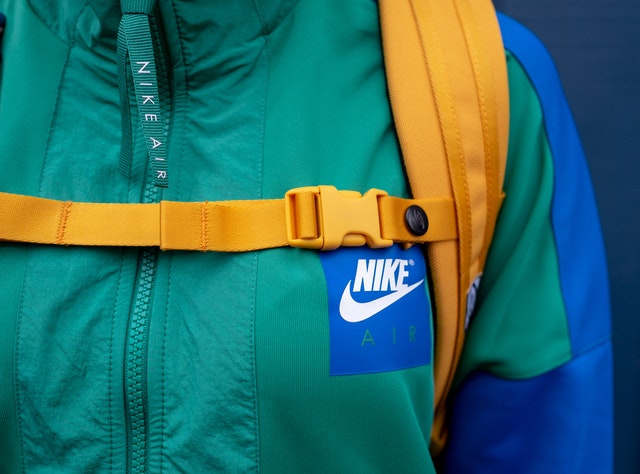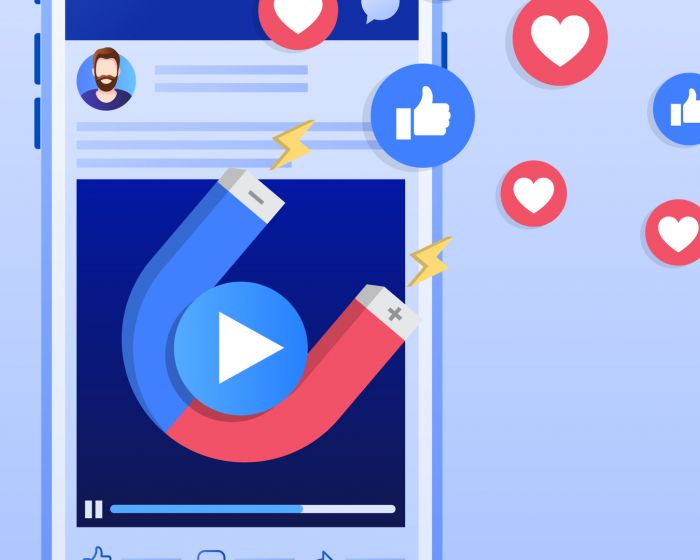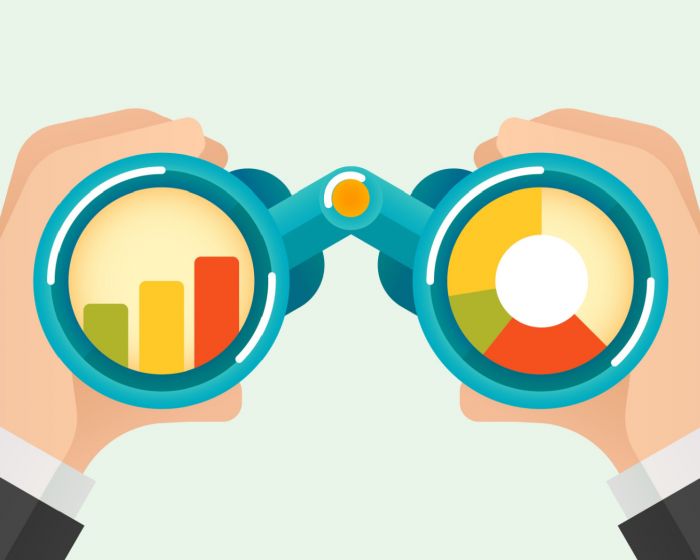
Archetypes are a concept originally conceived by Swiss psychologist, Carl Jung, who said we each have four major archetypes that build our personalities and guide our values. These are: the Self, the Persona, the Shadow and the Anima/Animus.
In marketing, archetypes are used to strengthen and guide a brand’s story. An archetype can help your brand establish meaningful relationships with current and potential clients, and is a great way to stand out from a busy marketplace.
Archetypes are a great tool used in storytelling because they stir emotion and create personal connections between characters and audiences. In branding, they are used to create consistent patterns, values and ideas of thinking that are consistent to human nature.
So what are some of the most common archetypes used in branding? Read on to discover more and decide which one best fits your brand…
The Hero
Nike is an example of a brand that uses the hero archetype, inspiring us to become stronger, braver versions of ourselves. The Hero archetype has the power to leave customers feeling empowered, inspired and motivated. It instills positive change in the world, encouraging followers to persevere and overcome challenges. If you want to be a hero brand, avoid sounding too egotistical or unapproachable.
The Magician
This archetype is mysterious, charismatic, intuitive and transformational, maintaining a sense of creativity and ingenuity. Brands that embody this archetype include Disney, Xbox and MAC Apple, where imagination and mystery are the key to their success. When adopting this archetype, it’s important that you maintain a sense of realism and achievability.
The Explorer
These types of brands are adventurous, brave, innovative and ambitious. Companies like Amazon, Intrepid, Lonely Planet and Patagonia are all perfect examples of explorer brands. These brands aim to make people feel free and nonconformist as they embrace a ‘no limits’ philosophy. They inspire customers to seek out the new and the unknown. To successfully adopt the Explorer brand you need to invite customers to join you on your journey, but also support them on their quest for adventure so that they don’t feel excluded in the process.
The Rebel Outlaw
This archetype is cool, edgy and risqué while being endearing. Whether they use swear words on social media or publish risky advertisements, brands that adopt the rebel archetype aren’t afraid to push boundaries and go against the status quo. Examples include clothing brand Nasty Gal, mobile network operator Giff Gaff, Harley Davidson and Ugly Drinks. Adopting the Rebel Outlaw archetype can be risky in the sense that your chances of offending somebody are higher, but as long as your target audience isn’t affected, this is fine!

The Lover
This type of brand archetype taps into the need for love and intimacy. Brands that adopt this archetype, including Victoria’s Secret, Cosmopolitan Magazine and Galaxy Chocolate aim to bring people closer together through their products and services.
The Caregiver
From TOMS to Johnson & Johnson, this is a type of brand that cultivates a nurturing, kind, helpful and loving persona. While passionate about making changes in the world, the care giving brand needs to show that it’s capable and strong.
The Sage
The Sage archetype is like your trusted, intelligent friend who you turn to for reliable advice, support and guidance. Brands like The Times and Google are examples of sage brands, as well as Oprah Winfrey, Antony Robbins and Deepak Chopra, whose goal is to learn about and share their knowledge of the world. If adopting this archetype you need to be empathetic and relatable. Avoid sounding condescending as this could make your customers feel inferior.
The Innocent
Innocent brands are those in the health, food and sustainability sectors, including Dove, The Honest Company, Innocent Drinks and Pampers. These brands are simple, happy and carefree. They are the brands people turn to when they need a refreshing, uplifting and positive boost.
The Creator
This is an artistic archetype with a focus on discovery, creativity and innovation. Examples include Lego, Engino and FitBit, who inspire creativity, integrity and play.
The Ruler
Examples include luxury goods that focus on exclusivity and prestige. Brands that adopt the Ruler archetype include Mercedes Benz, Rolex and Tiffany & Co. they are trendsetters, leading the way as they create a feeling of scarcity. While this type of brand is powerful, if you’re going to adopt this persona you may need to avoid coming off as too pompous or too exclusive.
The Everyman
This archetype is an approachable, ‘guy/girl-next-door’ type brand that’s all about quality over quantity. Examples include Levi’s, Wrangler and Budweiser, which relatable, sincere and genuine.
The Jester
This brand archetype inspires customers to laugh! From Ben & Jerry’s to Fanta and M&M’s, all of these brands have adopted this persona, aiming to spread joy, laughter and humour. While being entertaining is usually a winner, avoid being insensitive with your humour.
What Brand Archetype Are You?
Discovering your brand archetype is so useful in strengthening your brand, guiding your actions, attracting your precise target market and of course, increasing your bottom line. It sets the tone for your brand, inspiring trust and loyalty.
For help with finding your brand’s archetype, contact the 8 Ways Media team today.








